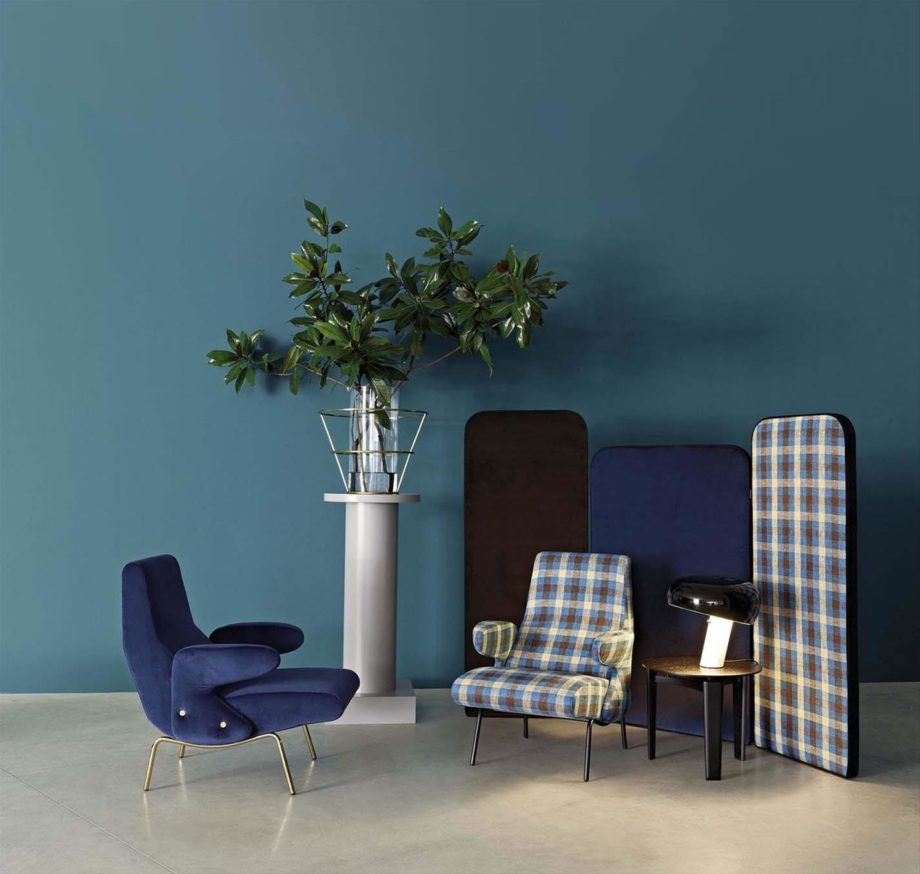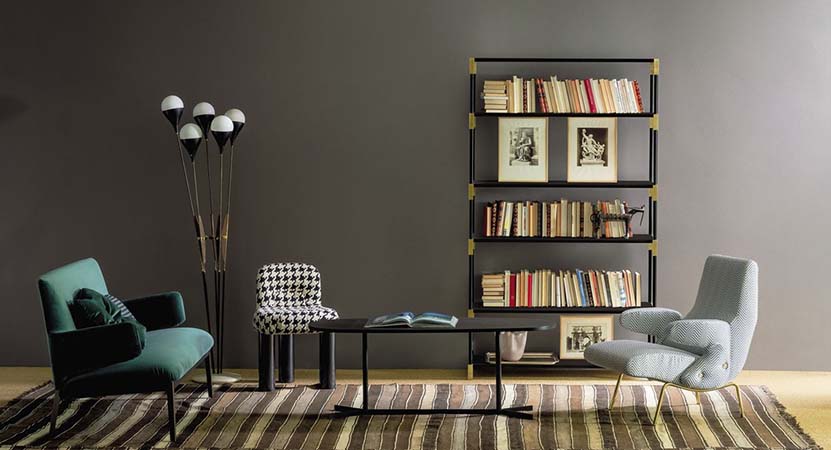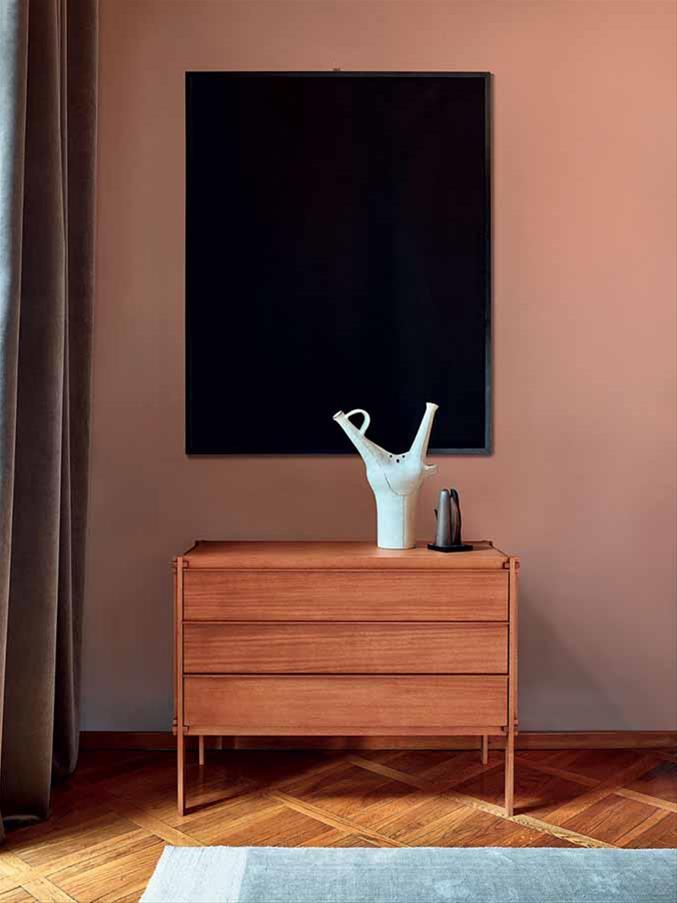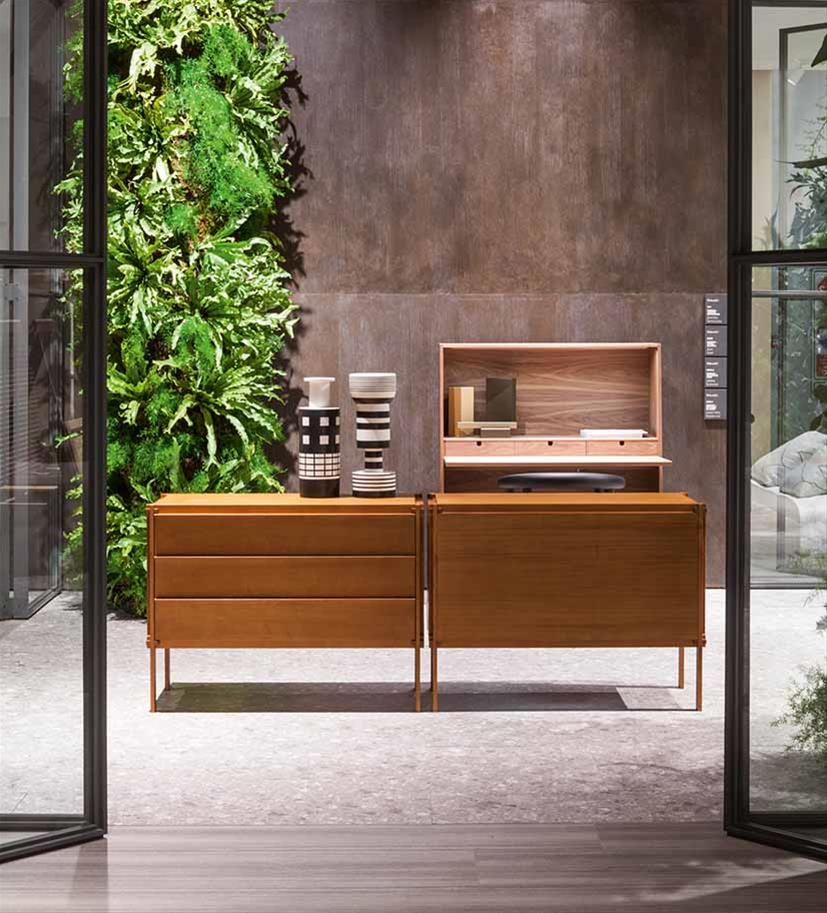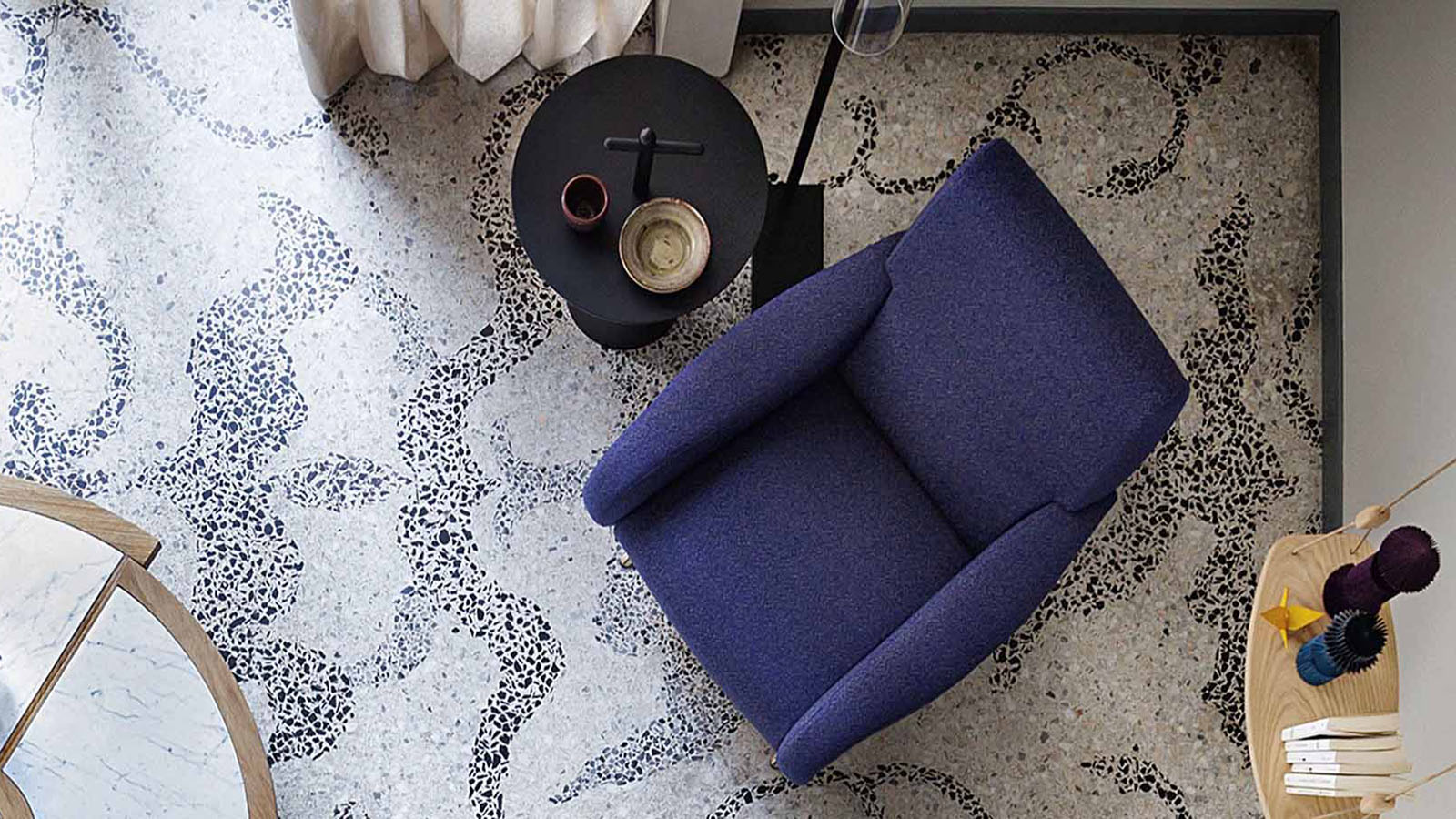
The 50s interior design never stops surprising us with its eternally fashionable icons. Here are some tips for those passionate about all things vintage
Are you on the hunt for design icons to complement your spaces? Do you like the vintage taste of the '50s,' 60s, '70s and don’t know how to include it in your home?
Then this section on design icons is perfect for you! You will find advice and information on the unique and refined style that over the years has given the “Made in Italy” tag a symbol of style and elegance.
We’ll start with the fifties furniture design icons. During this period of time, the Italian design saw its production, importance and popularity grow all over the world.
Thanks to its iconic, simple and elegant lines, the the 50s interior design has never faced a production crisis. The fifties furniture design icons are constantly searched for every type of environment: whether you want to adopt a vintage or a more contemporary style.
The secret of the production of the 50s interior design is its ability to lighten up a room with good humor: colours, shapes, materials...everything contributes to create a peaceful and warm environment where you can feel at ease in maximum comfort.
If you are a fan of the 50s and you would like to bring a touch of this liveliness in your home, here are four examples of furniture that have marked the style of the decade and that will make out of your living room an authentic retro space.
When it comes to the 50’s interior design, Marco Zanuso must definitely be mentioned as one of the designers who gave decisive impetus to Italian design. In 1951 Zanuso designed the Lady armchair, which has been re-designed in 2015 by Cassina. This armchair was the symbol of modernity when it comes to its production: for the first time, padded parts were produced separately to be then assembled together.
But this was not the only innovation of the Lady armchair. The material was also groundbreaking. The padding is in fact made of foam rubber, a material previously used exclusively for war materials. Here we can see the full power of the 50s interior design and its creativity in the re-use of furnishing materials.
Continuing with lounge chairs, another element that is part of the fifties furniture design icons is the Delfino armchair, designed for Arflex by Erberto Carboni in 1954. The Delfino armchair is one of the most significant examples of the “organic" current that has its origins in design of the 50s. Furnishing objects draw inspiration from the shapes of nature, without falling under the labels of the trivial or the kitsch.
The Delfino armchair, is a comfortable seat with high back, armrests and poufs, whose shape recalls the harmonic and sinuous body of the marine mammal from which it takes its name.
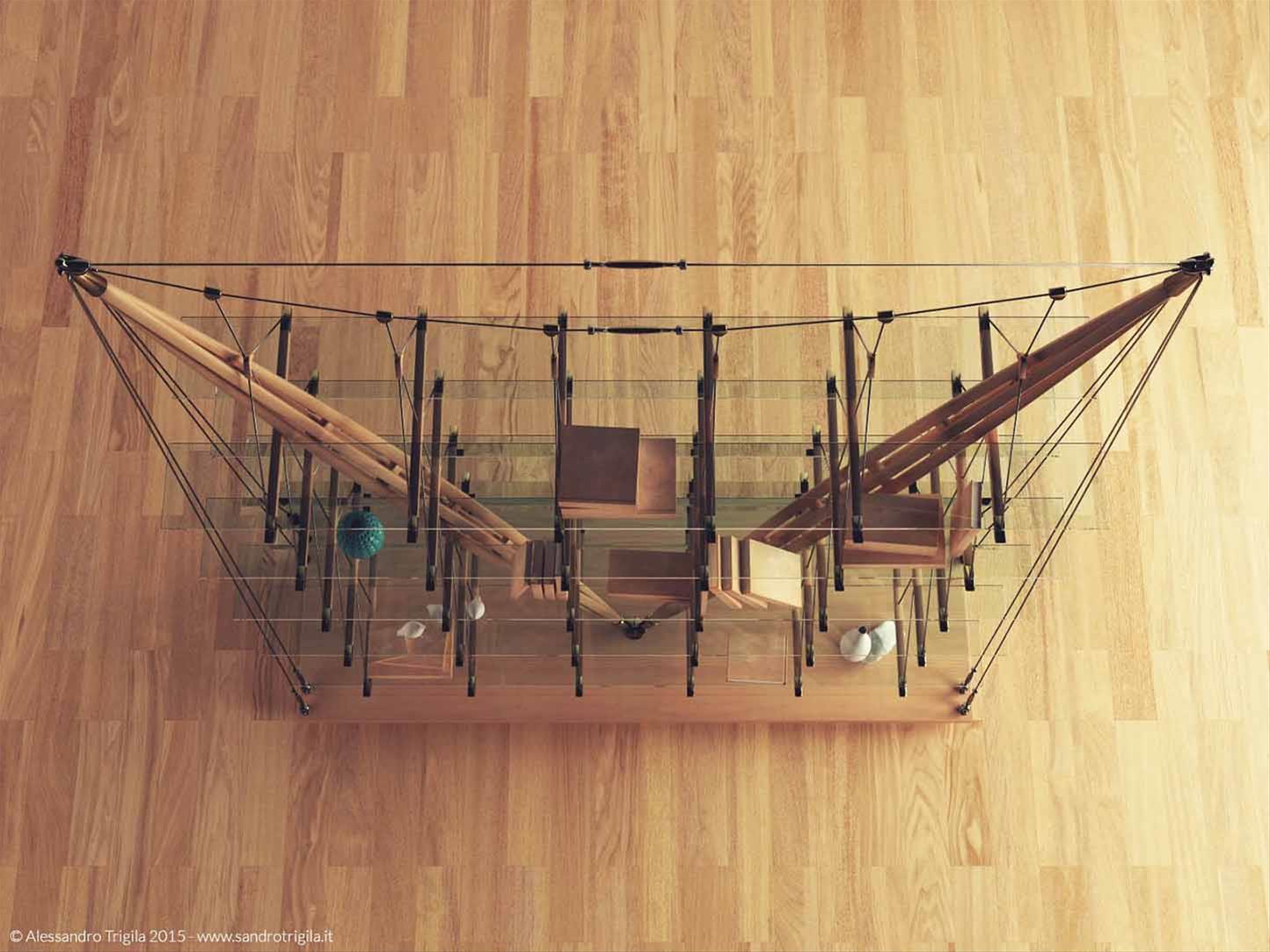
As for living room furniture, we start with the Veliero bookcase, designed by Franco Albini and re-designed by Cassina. The airy construction, the visible bearing structure and the combination of different materials make this piece a true icon of the 50s. The Veliero bookcase, which takes the shapes and proportions from the famous Golden Gate Bridge - symbol of the potential of modern technology - is a unique and original architectural element. Its presence makes the environment full and at the same time airy, playing on the contrast between solids and voids that create the objects placed on it.
An iconic object, destined to last for a long time and to make its way into any type of building.
A less demanding piece of furniture, due to its size, but equally iconic, is the MHC.1 cabinet by Molteni & C. Designed in 1955 by Werner Blaser, MHC.1 is the prototype of the first modern furniture designed by Molteni & C. The materials that compose it are among the most precious of all: sliced wood of Avodiré for the exterior and solid wood of Kotò for the internal drawers and handles.
This piece of furniture won the first International Furniture Competition, held in Cantù in 1955. In addition to its aesthetic qualities, award was handed because of its technical peculiarity: the entire furniture is held together by a simple triple fork junction that does not require the use of any screws or adhesives.
MHC.1 is an elegant and timeless piece of furniture that will give your room the classic atmosphere you need.

